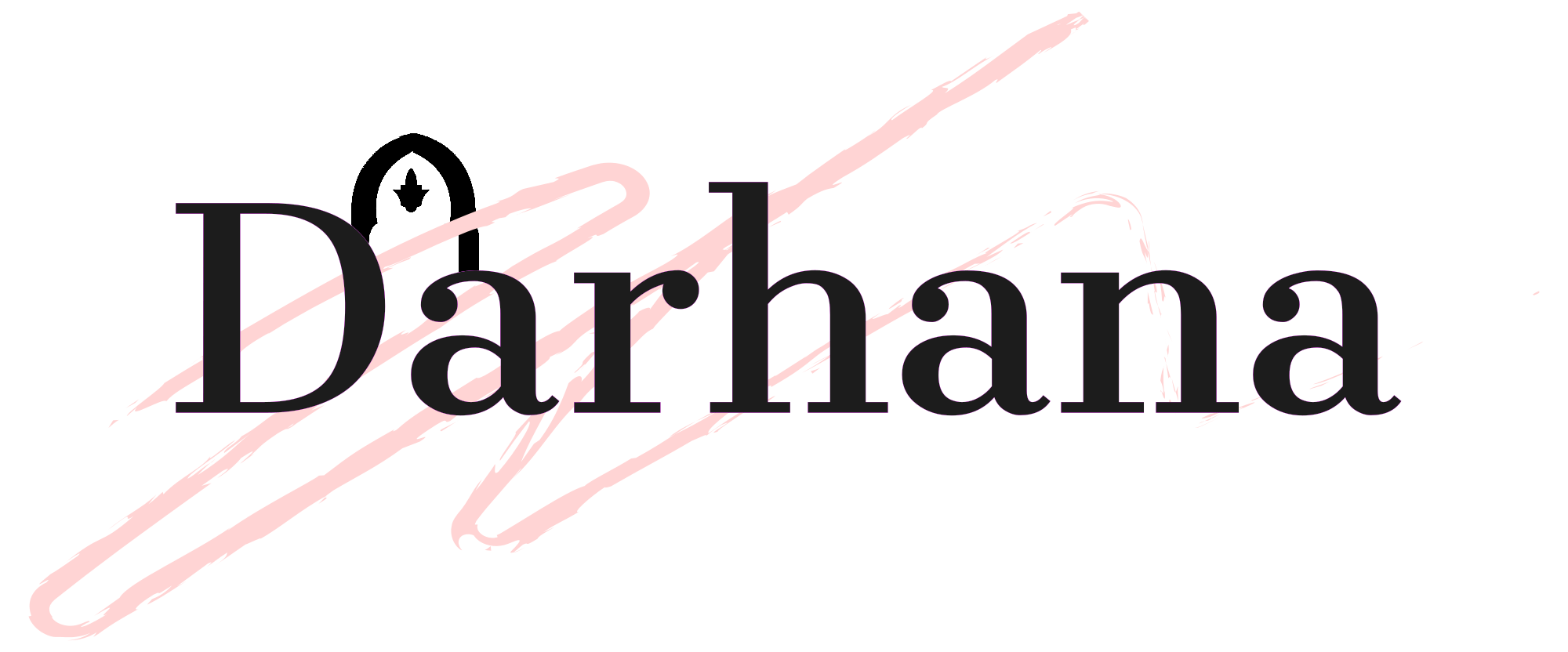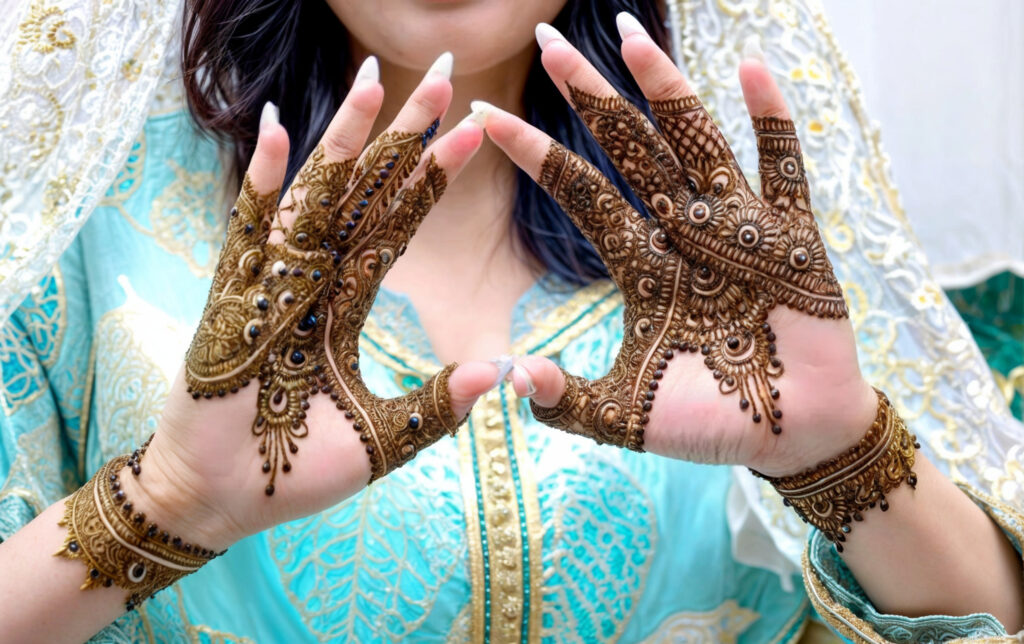Moroccan Henna: A Detailed Definition and How It Is Made
Moroccan henna is a longstanding tradition and a cultural symbol that reflects authentic Moroccan heritage. Henna is commonly used in Morocco for cosmetic and therapeutic purposes and is an essential part of celebrations and occasions such as weddings, holidays, and religious events.
Definition of Moroccan Henna
Henna is a natural substance derived from the leaves of the henna plant (Lawsonia inermis), which grows in hot and dry regions like North Africa and the Middle East. The leaves are dried and ground into a fine powder used to dye the skin and hair in natural shades ranging from orange to reddish-brown.
In Morocco, henna is not just a decorative tool; it carries traditional symbolism, expressing joy, blessings, and protection against the evil eye and envy.
How Moroccan Henna Is Made
1. Main Ingredients:
- Dried henna leaves
- Warm water
- Lemon juice or water
- Sometimes other ingredients are added, such as orange blossom water, tea, or sugar, to enhance the color.
2. Steps to Make Henna:
A. Grinding the Henna Leaves:
- Fresh henna leaves are picked from the plant, then dried completely in the shade to preserve their color and effectiveness.
- Once dried, the leaves are finely ground until they become a smooth, impurity-free powder.
B. Preparing the Henna Paste:
- Henna powder is mixed slowly with warm water to create a consistent paste.
- Fresh lemon juice or orange blossom water is added to enhance the color and improve adhesion to the skin.
- The mixture is left to rest for several hours (4 to 12 hours) to allow fermentation and color development.
C. Henna Application:
- The henna paste is placed in a small cone used for drawing designs.
- Traditional motifs such as geometric shapes, flowers, and intricate patterns are drawn.
- The henna is left on the skin to dry completely (1 to 3 hours) before being gently removed.
D. Fixing the Color:
- After removing the henna, the area can be rubbed with olive oil or lemon juice to fix and enhance the color.
- The henna color gradually develops into a reddish-brown shade over a day or two.
Benefits of Moroccan Henna:
- Cosmetic: Used to naturally decorate the body and hair.
- Therapeutic: Helps cool the body, relieve skin inflammation, and treat dandruff.
- Cultural and Spiritual: Used during celebrations for blessings and joy and is considered a symbol of protection against envy.
The Role of Henna in Moroccan Traditions:
- Henna in Weddings: The Moroccan bride decorates her hands and feet with henna on a special night called “Henna Night”, symbolizing happiness and good fortune.
- Henna in Religious Occasions: It is used during holidays and events such as Eid al-Adha and Eid al-Fitr.
- Henna for Children: Applied to children’s hands to ward off the evil eye and protect against negative energies.
Moroccan henna is not just a form of decoration but a cultural heritage that carries a rich history and symbolic meanings, expressing identity and natural beauty.

